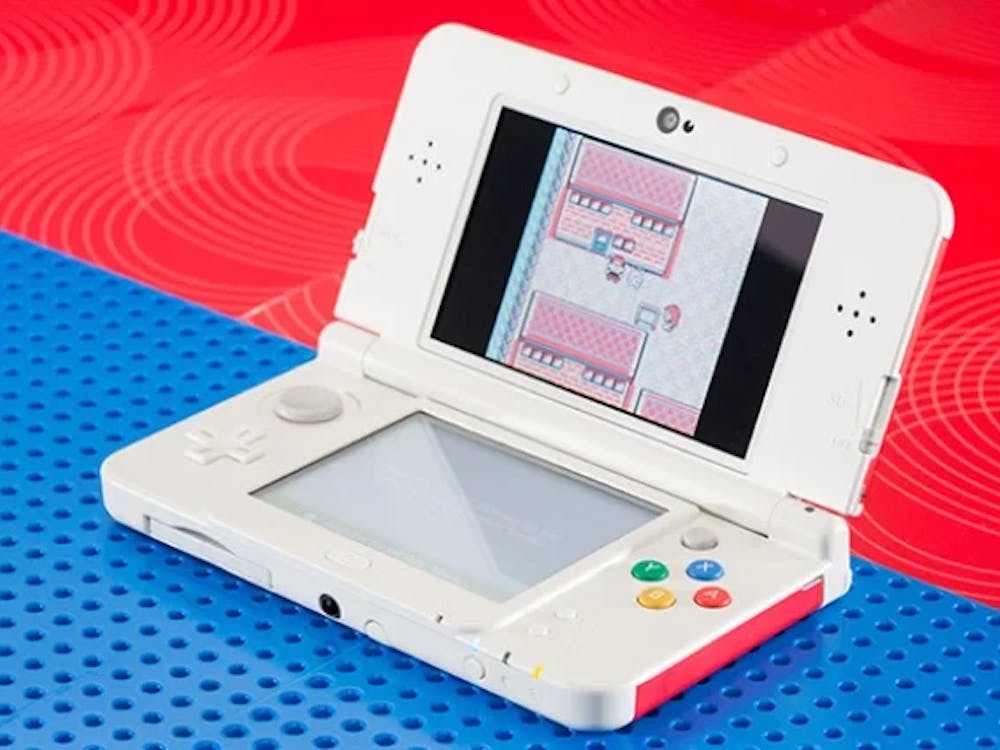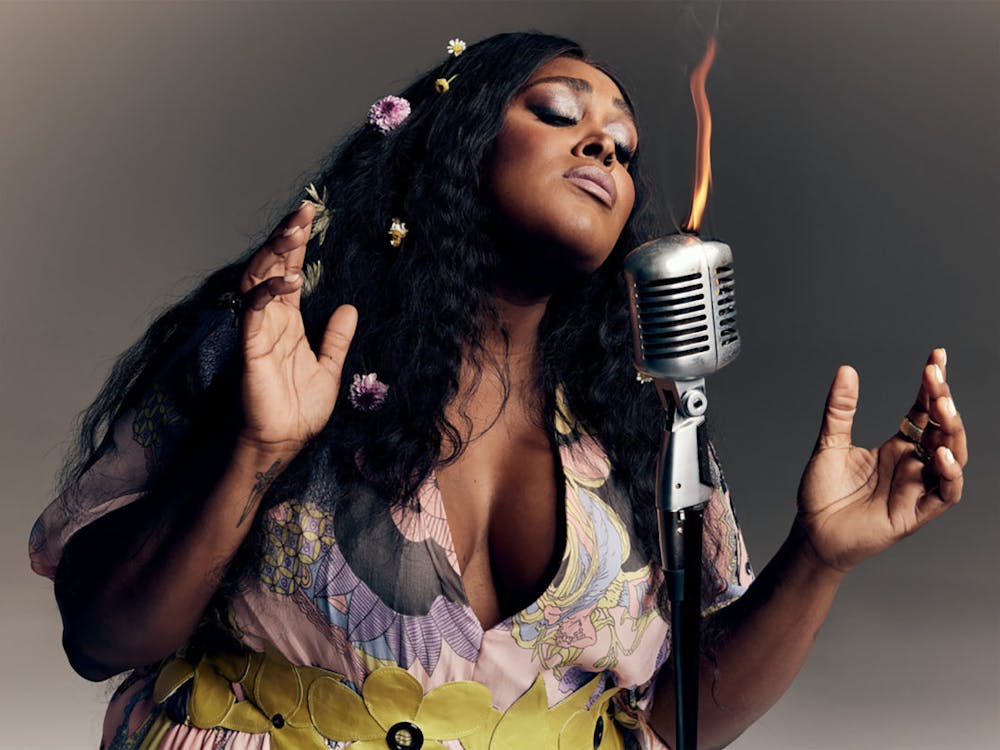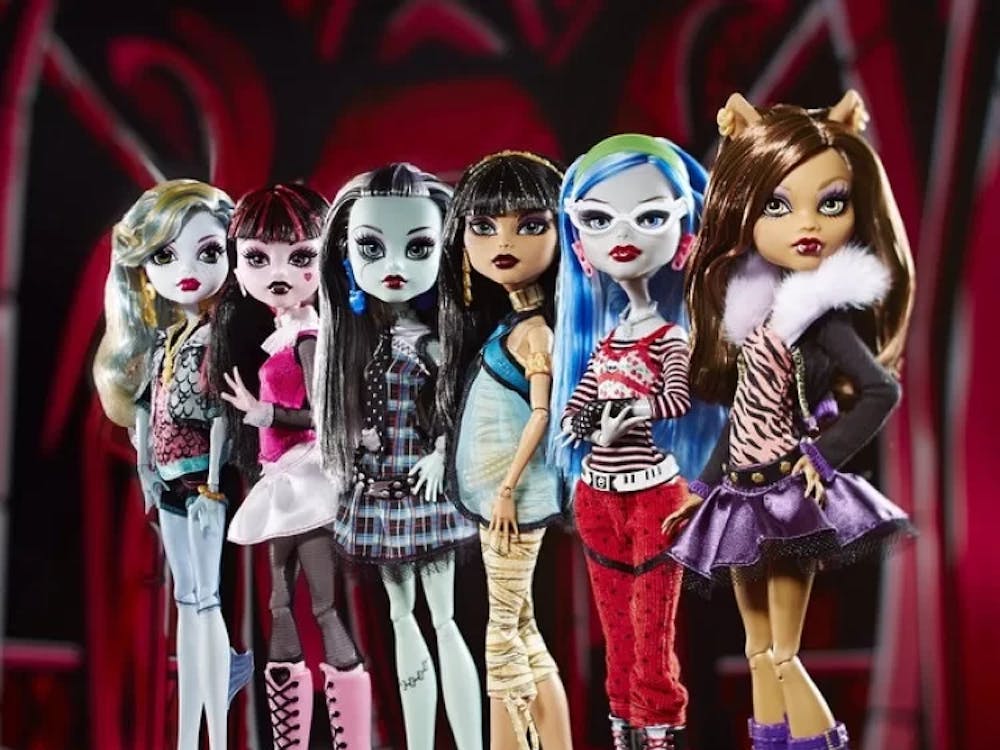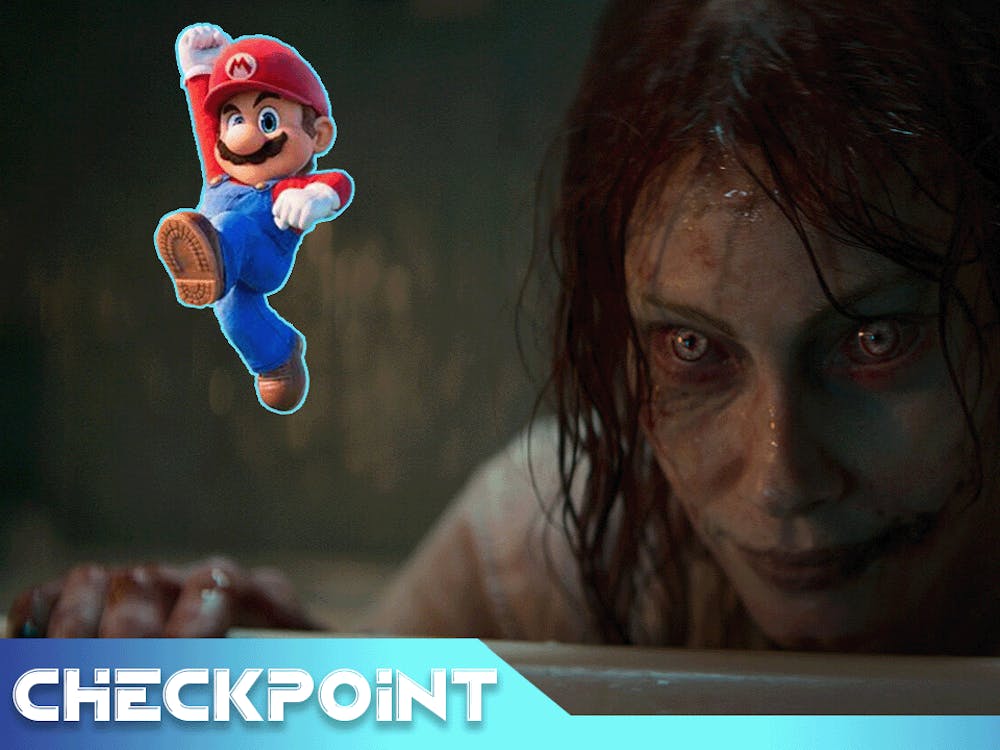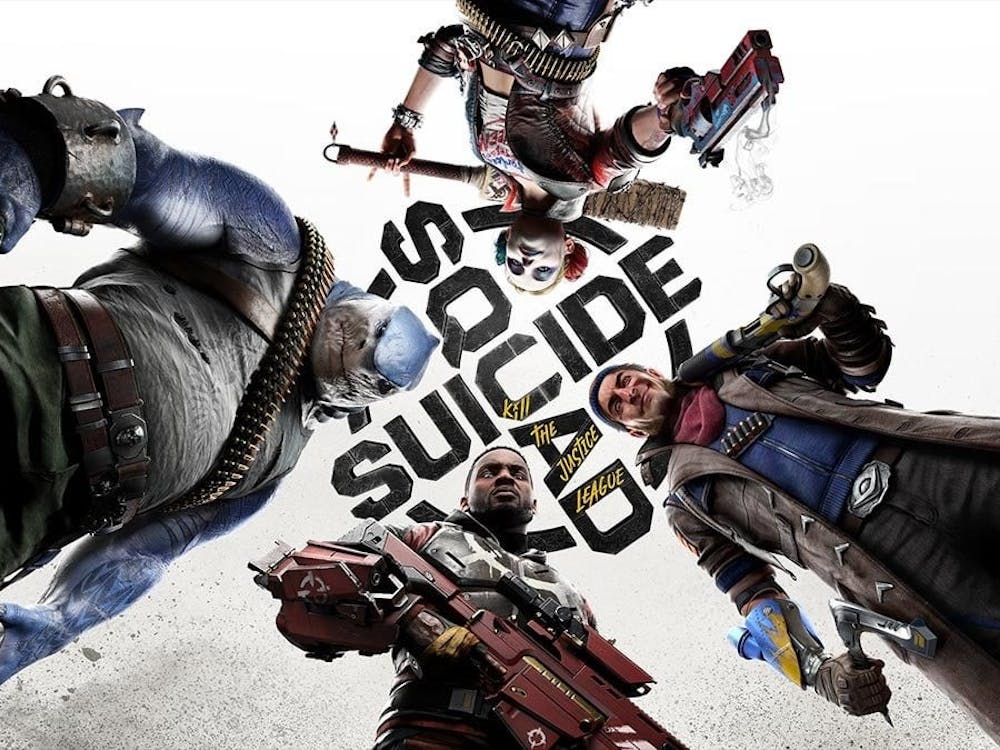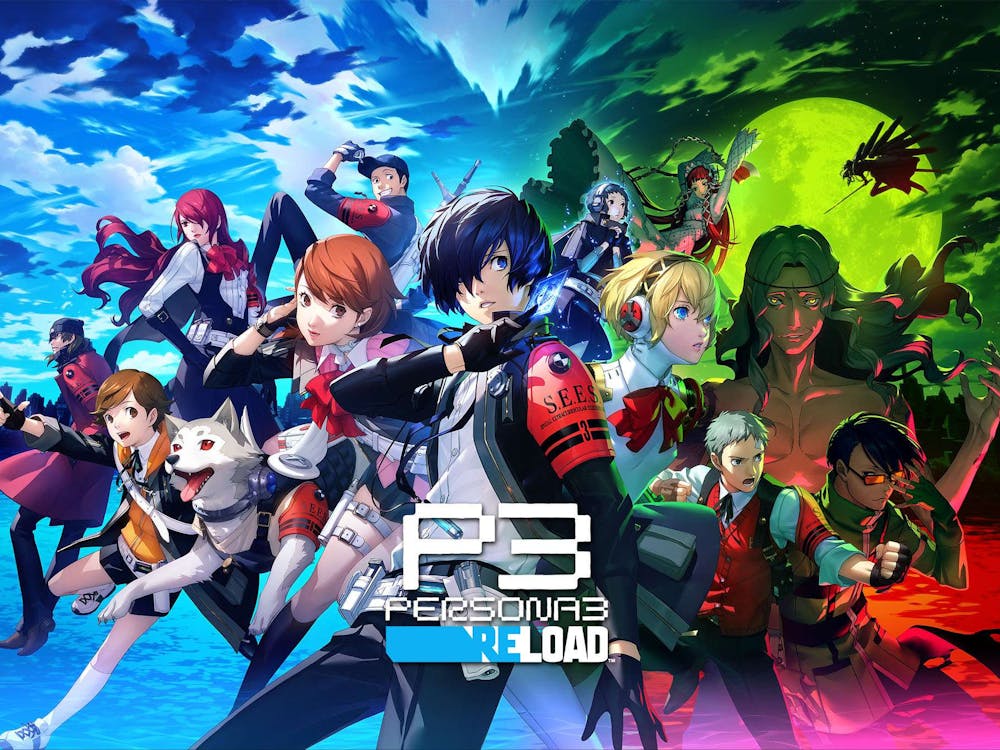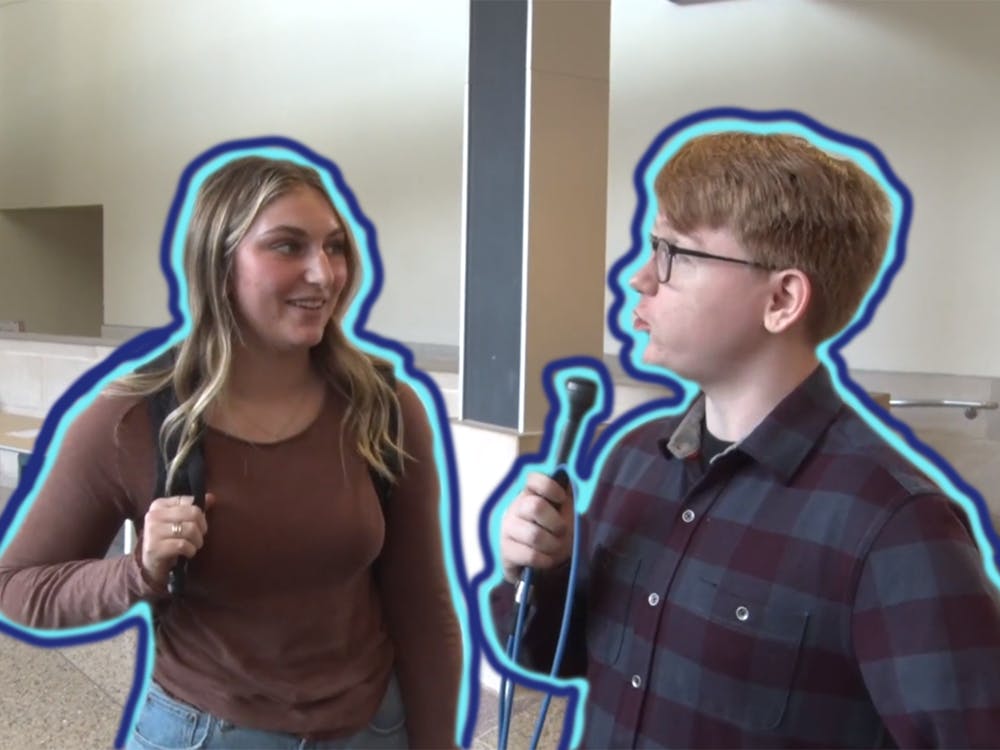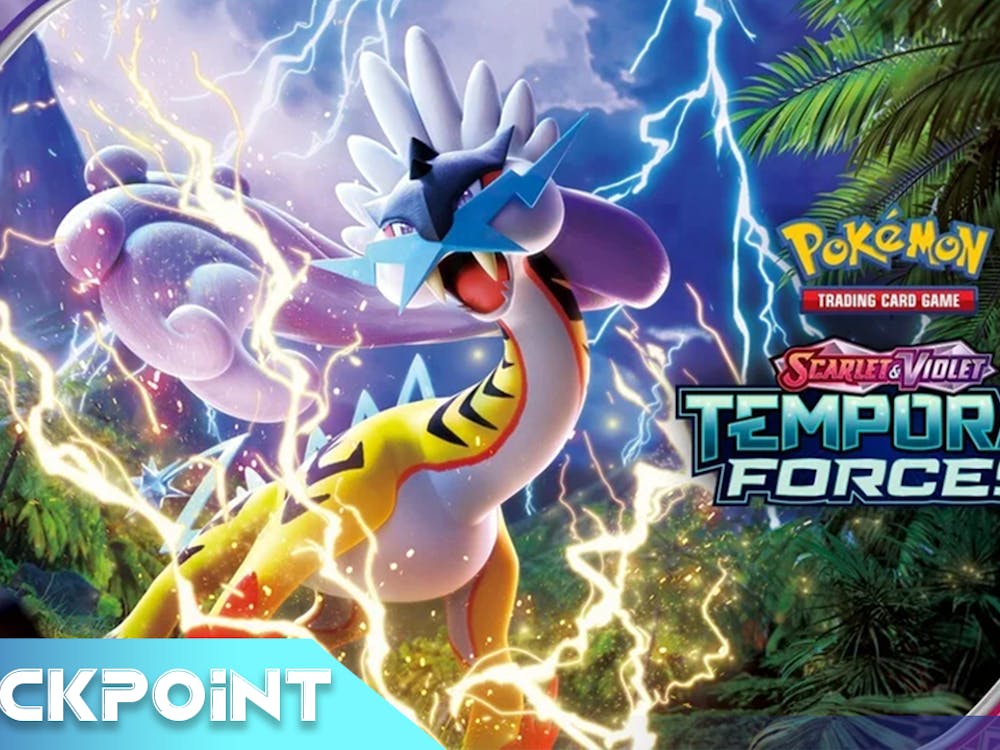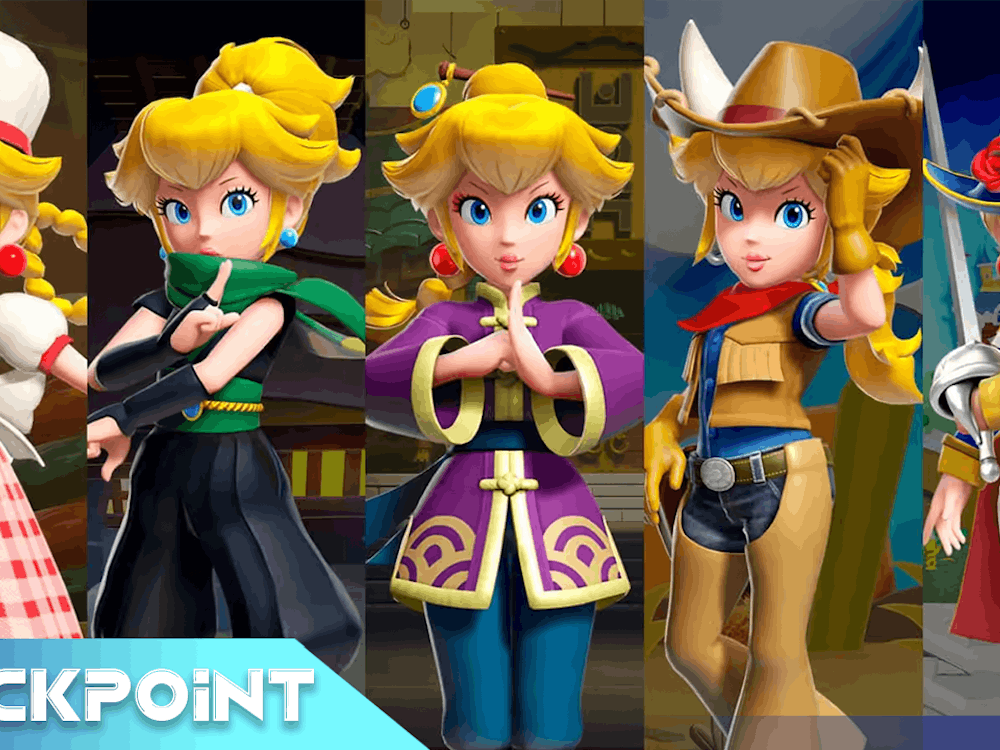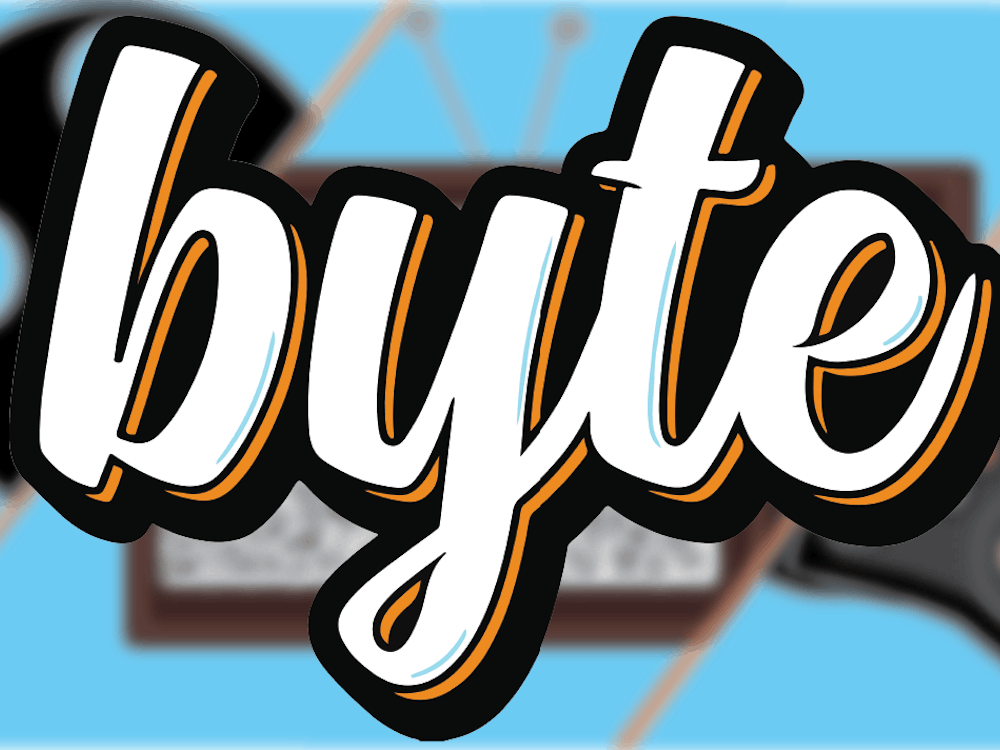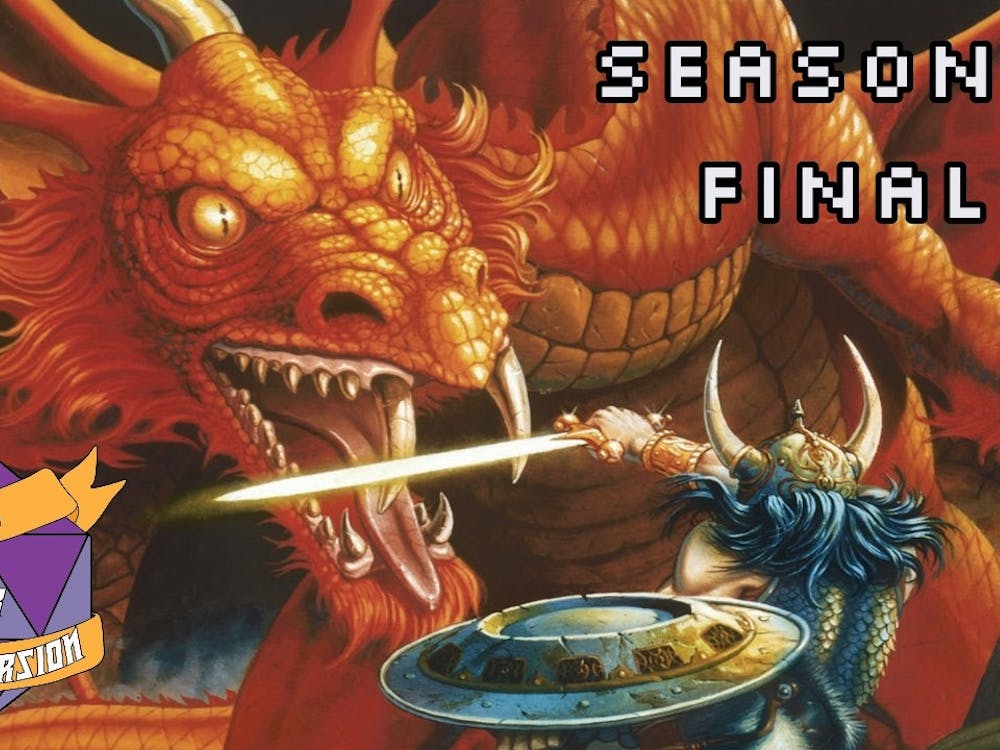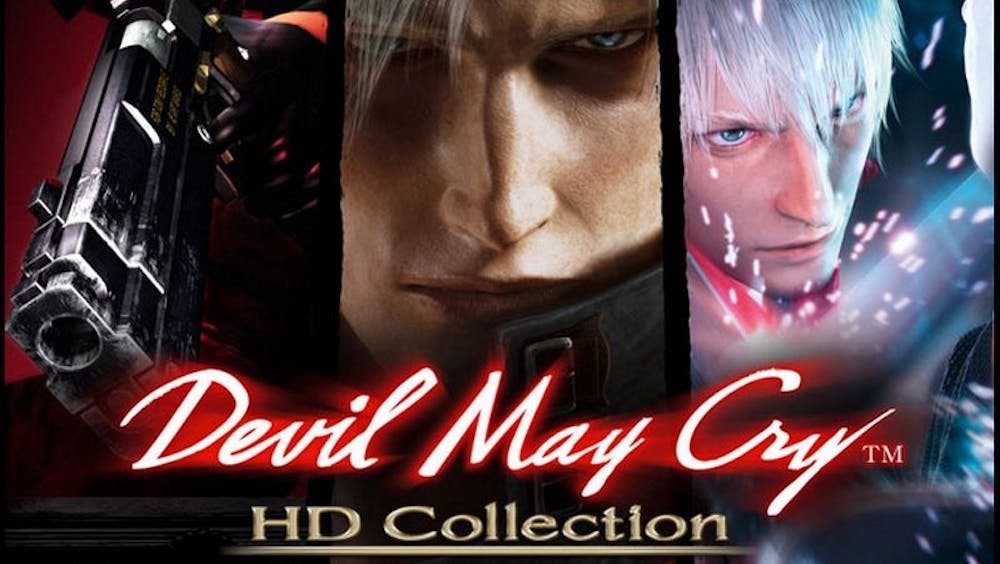Update: It was announced on February 27 that the Twitch Prime promotion will be delayed until March 7.
The Devil May Cry HD Collection is coming to the PC. On March 7, Twitch Prime is offering the first game for free. For those who don’t know, Twitch Prime is also free with Amazon Prime, which is also free for college students. Absolutely awesome, since this collection marks the first time that both Devil May Cry and Devil May Cry 2 can run on PC without emulation. For fans of 3D stylish-action games, most people probably know about the protagonist: Dante. The fun-loving, pizza-hogging, wise-cracking demon hunter with a stylish red coat and more weapons than he has limbs. Where did Dante get his start though? The Capcom series has been running for nearly 20 years now. How did the first game pioneer the way for 3D action games, especially when it was a prototype for Resident Evil 4? Why are there so many former Power Rangers acting in the series? To answer this, let’s get smokin’ sick stylish with the history of: Devil May Cry.
Devil May Cry (2001)
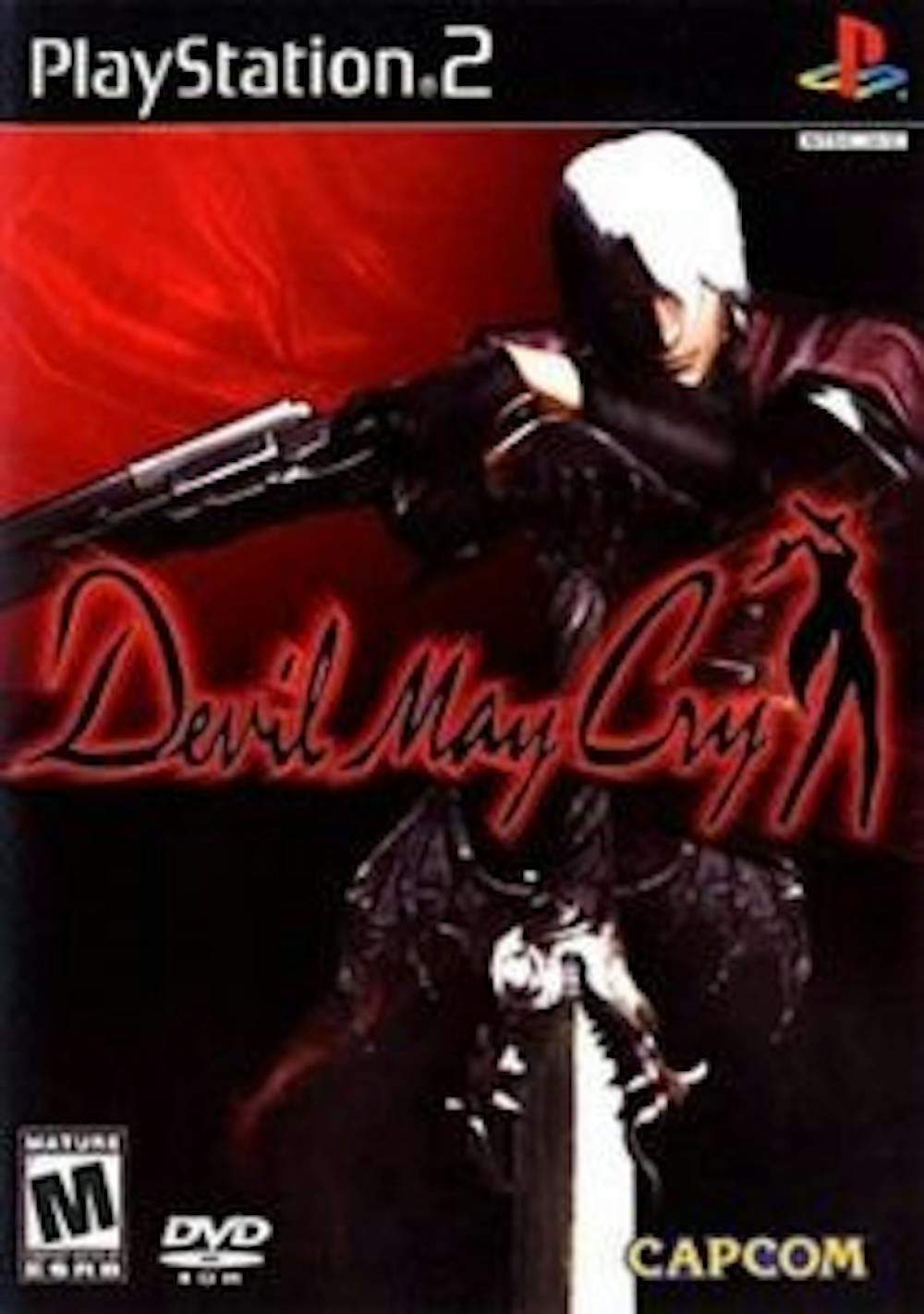
Image from the Devil May Cry Wikipedia page
Released on October 17, 2001, Devil May Cry was praised for its fluid, rewarding combat, multiple weapons with their own unique movesets, the Devil Trigger system which enhanced each weapon, intuitive yet simple control scheme, and absolutely intense boss battles. For 3D action games, it was a landmark for its incorporation of aerial combat. Devil May Cry officially introduced “juggling” into the genre. Juggling, keeping an enemy up in the air through combos, was previously just a bug discovered in Capcom’s other action series Onimusha. In Devil May Cry, the game is built around this idea. The player uses Dante’s various melee weapons and guns to style all over his enemies and it feels oh so satisfying. But where did this smooth, cocky, stylish gameplay come from? Better question: how did this stylish gameplay come from the Resident Evil series?
Shortly after the release of the PlayStation 2, Resident Evil series producer Shinji Mikami requested Hideki Kamiya, director of Resident Evil 2, to create the next series title. An important task, as it would potentially be the first Resident Evil title on the PS2. Kamiya wanted to make a much more dynamic and intense game compared to the prior three titles. This game would focus on a mysterious man, Tony, who had an invincible body and superhuman abilities. Resident Evil series writer Noboru Sugimura drafted the plot of Tony exploring a Gothic castle and uncovering his purpose. Nothing like any previous RE title for sure, but perhaps too much of a departure from the series. The game was discontinued as a Resident Evil title, but carried on under Capcom Production Studios 4 with Team Little Devils. Switched the name from Tony to Dante: the half-human son of a legendary devil knight, turned the zombies and monsters into demons, and voila! Devil May Cry is born. An astute observer can note that a surprising amount of elements from Devil May Cry carried over into Resident Evil 4. The castles in both games share almost the exact same textures and models. Leon S. Kennedy is basically a toned-down Dante as well, due to his campy personality and notorious one-liners.
Devil May Cry made its dynamic entrance onto the gaming scene blaring metal and cheesy one-liners, wrapped in '80s goth imagery. The style rating system gave players an indicator for just how radically they were playing. Dante’s persona toeing the line between campy and cool, striking design, and banter with bosses made him an instant fan favorite and an iconic protagonist. Even despite the game’s cliché plot and poorly developed characters, fans were left wanting more. After Devil May Cry was such a success, what could possibly go wrong?
Devil May Cry 2 (2003)
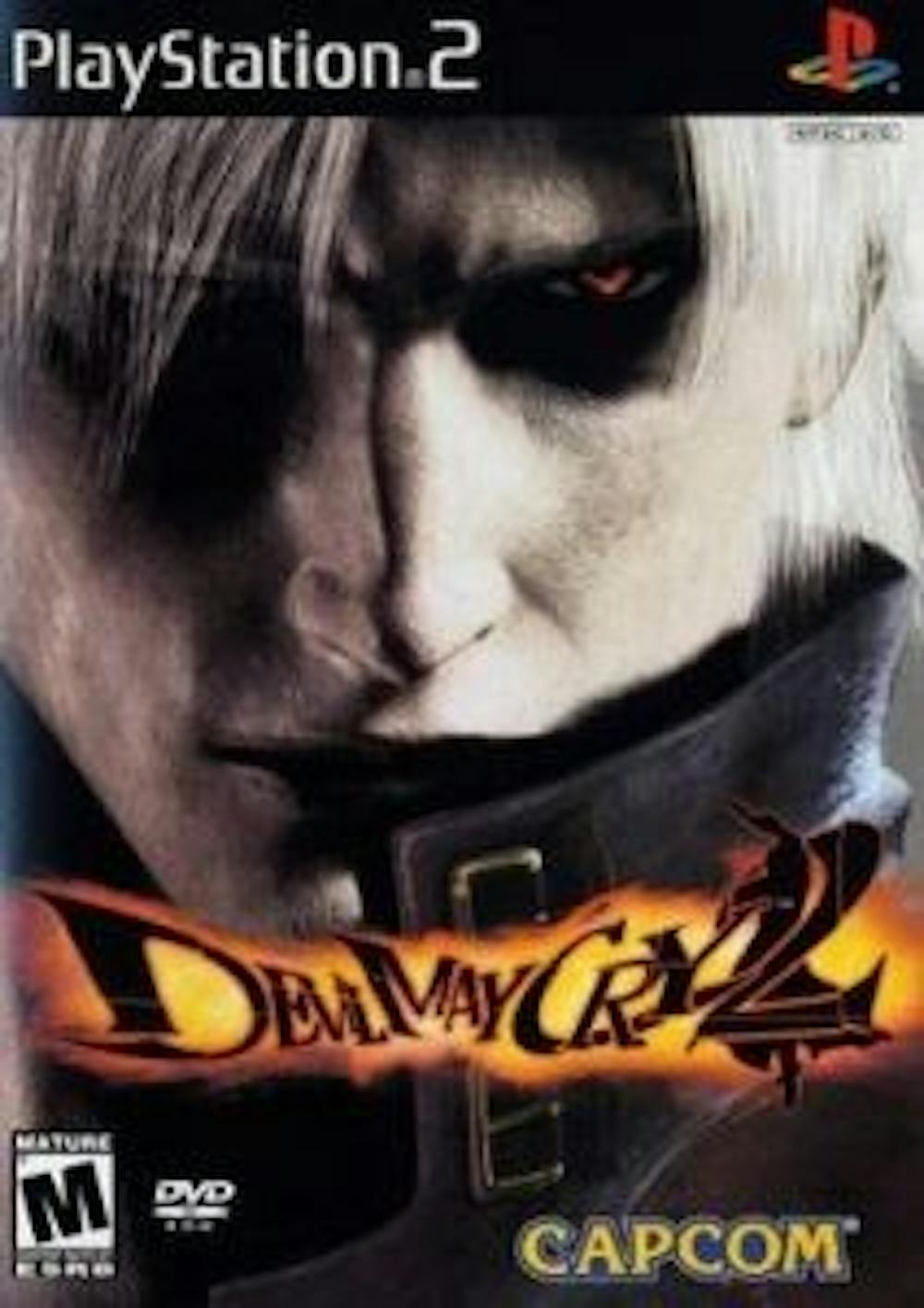
Image from the Devil May Cry 2 Wikipedia page
Well, Devil May Cry 2 happened. For all of Capcom’s intents and purposes, DMC 2 was a success. The game sold 1.4 million copies within three months. It was the next DMC game and the hype train had no brakes. To date it is the worst-rated Devil May Cry game of all time. Yes, considered even worse than the game’s reboot. We’ll get into that later though.
What went wrong? For one, Hideki Kamiya and Team Little Devils weren’t even remotely involved with its development. Kamiya didn’t even know it was being made until the design document was being translated. A still-unnamed director led the project, but it was going so poorly Capcom asked Hideaki Itsuno to take over halfway through development.
Frankly speaking, the game just sucks. Enemies barely react to being hit. You acquire different weapons but they’re all swords with the same moveset. Speaking of swords they feel more like wiffle bats, Dante’s guns do more damage. Boss battles are distinctly less creative than they are in the first game. They’re much less complex and intense. For example, one boss is a helicopter. Sure it's infected with a demon parasite, but it just attacks like any other generic attack helicopter. Dante’s wild and crazy strategy? Just shoot it. Gone is Dante’s cocky personality. He’s notably much older and more stoic, and he barely speaks a word.
Despite Devil May Cry 2’s numerous problems, it introduced numerous functions that would become series staples later on. Featured in Devil May Cry 2 are multiple playable characters, unlockable costumes for each character, a dedicated roll/wall-run button, a dedicated weapon-switch button, and Bloody Palace mode. The game’s deuteragonist, Lucia, is playable on her own separate disk. Trish, a character from the first game, returns as a secret character unlocked by beating hard mode with both other characters. Bloody Palace is an arcade-style gauntlet with 9,999 floors to beat. Granted, each character’s missions are exactly the same and there’s no reward for beating Bloody Palace. They’re not perfect, but they provide prototypes for the rest of the series.
At the end of the day, people still prefer to act like Devil May Cry 2 doesn’t exist. I know I do.
Devil May Cry 3: Dante’s Awakening (2005 / Special Edition 2006)
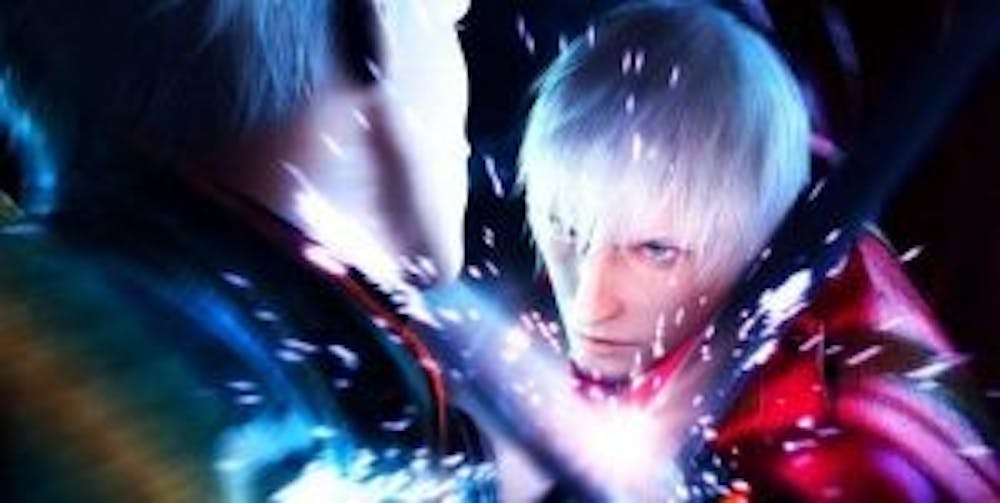
Image credit from PS4Pro
After the less than stellar reception of Devil May Cry 2, the series needed a fresh start. That’s the exact mindset Hideaki Itsuno took in directing Devil May Cry 3: Dante’s Awakening. The third entry in the series is a prequel, featuring Dante as an 18-year-old in his early days of demon hunting. The story focuses on Dante stopping his twin brother and anti-villain, Vergil, in a quest for demonic power. Itsuno wanted to take more inspiration from the first DMC’s tone, and it’s shown in spades.
With Dante’s younger age, he’s much more over-the-top and campy than in DMC 2, let alone DMC. The new game served as a soft reimagining for the character. Just within the first cutscene, Dante is kicking up his jukebox, surfing on an enemy’s body while firing two guns in the air (which is a move you totally get), chowing down on a mouthful of pizza. Appropriately, the first chapter is titled “A crazy party.” According to Capcom’s Director of Marketing Todd Thorson, the developers wanted to make DMC 3 a remarkable new chapter in the series, with an extreme focus on action showcased through both gameplay and cutscenes. To give players a more customizable, unique experience the developers introduced the Style system into the series. Dante could switch between four different Styles between missions which gave him new moves and offered entirely different playstyles. The Special Edition, released a year later, brought back Bloody Palace while also making Vergil a playable character, complete with a unique moveset and Style. It was a notable success for the series, albeit at first selling only 1.3 million copies, but an additional 1 million copies with the Special Edition release.
For its fresh start, Devil May Cry took its first steps into motion capture as well. Working with Capcom before on Resident Evil: Outbreak, the company Just Cause handled script localization, mo-cap talent, and even voice acting. The owner of Just Cause, Reuben Langdon, auditioned for the role of Dante in both voice acting and mo-cap action. Langdon’s prior works included Resident Evil: Code Veroncia, B-Force Kabuto, and stunt work on Power Rangers: Time Force Power Rangers: Lost Galaxy. Working alongside Langdon as Vergil was Dan Southworth, stuntman and the Red Ranger on Power Rangers: Time Force.
Devil May Cry 4 (2008 / Special Edition 2015)
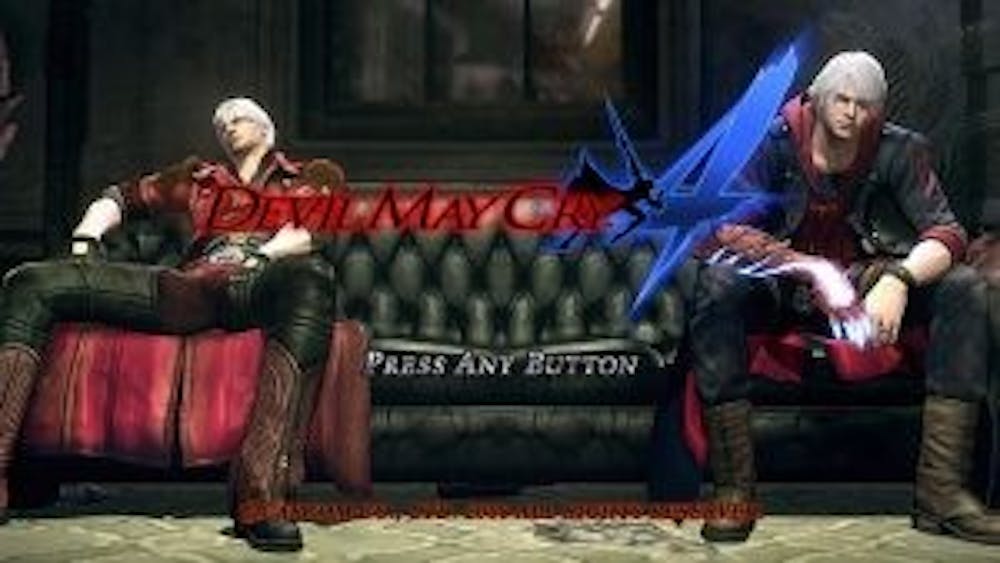
Image credit from The LP Archive
After DMC 3’s success, the next logical step was moving on to the new generation of platforms. Directing the project once again, Hideaki Itsuno paired with the original Capcom Production Studios 4 to develop Devil May Cry 4 which would act as a sequel to the first game. The game was developed using Capcom’s MultiThread Framework engine, which specialized in achieving good performance and visuals on the Xbox 360, PlayStation 3, and the PC. Itsuno was very conscious of introducing the series to a potentially whole new audience coming from the Xbox. He was also very aware of the difficulty curves criticized in the past games. To alleviate this, he set about to design the game such that newcomers would be able to ease into the game’s difficulty curve and play style, while giving returning players some new tools to play around with.
For Devil May Cry 4, the primary protagonist is Nero, a brash young knight of a religious order armed with a flaming sword, double-barreled revolver, and a demonic arm called the ‘Devil Bringer.’ Introduced to the series thanks to new consoles, the Devil Bringer allowed players to interact with enemies in new ways like grabbing, throwing, and even having special interactions with bosses. Nero’s the son of Vergil, voiced and mo-capped by Johnny Young Bosch, throwing one more Power Ranger into the cornucopia. The idea behind Nero was to ease players into the game before handing them off to Dante in the second half. Dante’s moveset required much more coordination and finesse since he had every style from DMC 3 available and could switch them at any time with the D-pad.
As the first series title on multiple platforms, it was also the series' fastest selling title. Within the first month DMC 4 sold two million copies, reaching past Capcom’s expectations. While selling well, the game received reviews considered mostly positive but not as high praise as DMC 1 and DMC 3. While favored for its performance, gameplay, and difficulty, reviewers had issues with its story pacing. Most notably, Dante’s playable levels are just Nero’s in reverse. The player fights the same bosses twice with only few exceptions. I’ll be honest, some of those levels are levels I really didn’t want to play more than once.
And here’s where DMC 4’s development history gets complicated. Online speculation is that DMC 4’s development time was actually cut in half, from two years to one. Others speculate that the game’s producer, Hiroyuki Kobayashi allocated most of the game’s budget into cutscenes. There aren’t any sources for either of these claims, outside of users on forums recalling translated interviews read on non-archived websites. Whatever the case may be, there’s something that just feels missing from sections of the game. All of Dante’s weapons don’t share names with the demons he takes them from, a notable staple of the series. Art book excerpts detail Nero having a full-fledged Devil Trigger as opposed to the ghostly form in-game.
Released seven years later, Capcom brought the Special Edition onto the PlayStation 4, Xbox One, and PC. While it didn’t fix the game’s level issues and story, it brought back Trish and Vergil as playable characters, while giving Lady from Devil May Cry 3 her own moveset as well. Additionally it featured Legendary Dark Knight mode - brought over from the PC version - which nearly triples the amount of enemies in an encounter. The Special Edition was so well-received it doubled Capcom’s profits that fiscal quarter.
DmC: Devil May Cry (2013 / Definitive Edition 2015)
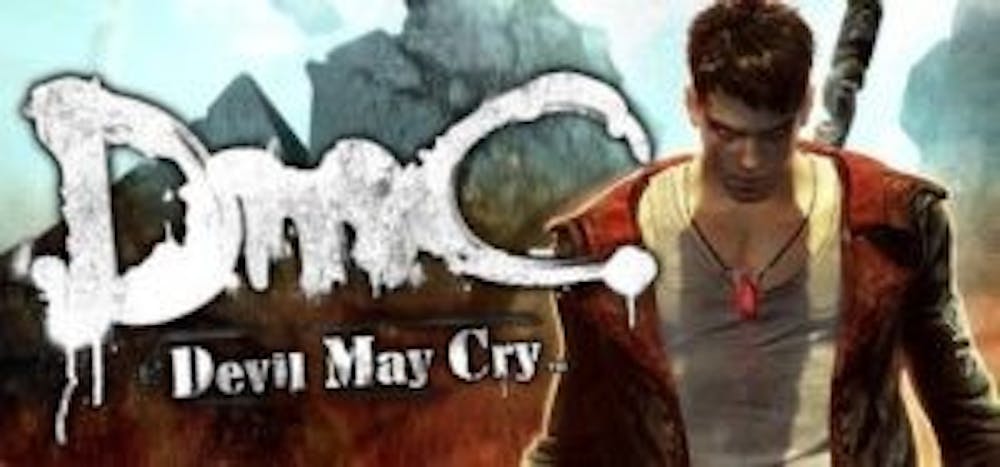
Image credit from the DmC Steam page
I’d really rather not talk about this one, but y’know, it’s kind of the elephant in the room. So Capcom tried to reboot the Devil May Cry series. Why? In an interview with Eurogamer, Capcom producer Motohide Eshiro commented that “other action games were selling four million, five million, all these copies. The goal was to reboot the series with a Western tone and expand their audience. Capcom at this time began partnering with more and more Western studios to focus on global financial success, working on Dead Rising 2, Bionic Commando, and Dark Void. With marginal success found in the last two titles mentioned, Capcom looked towards United Kingdom-based developer Ninja Theory, who received critical and financial success with Heavenly Sword and Enslaved: Odyssey to the West.
Ninja Theory director Tameem Antoniades wanted to take DmC: Devil May Cry (aka Devil may Cry: Devil May Cry) in a direction more inspired by Hollywood films. At Game Developers Conference March 25, 2013, Visual Art Director Alessandro Taini presented the art and theory behind Ninja Theory’s direction. Whereas the original Dante was an exaggerated Western action hero seen through a Japanese lens, Ninja Theory’s Dante was more directly inspired by Western media such as Fight Club, the British punk scene, and Chronicle. It’s incredibly obvious as the plot is a blatant copy of John Carpenter’s They Live but with Dante and Vergil. The presentation stated that their Dante was not the old one, who they compared with cosplay, 80’s hair metal, Batman and Robin, and uh, Brokeback Mountain?
From announcement to release, the atmosphere was nasty. The announcement at Tokyo Games Show in 2010 went poorly with the fans to say the least. Fan criticism stated that the tone notably shifted from camp to edge as Dante - pejoratively ‘Donte’ - smoked, angsted over his brief time spent in prison, and picked at his wounds as noted in this concept art.
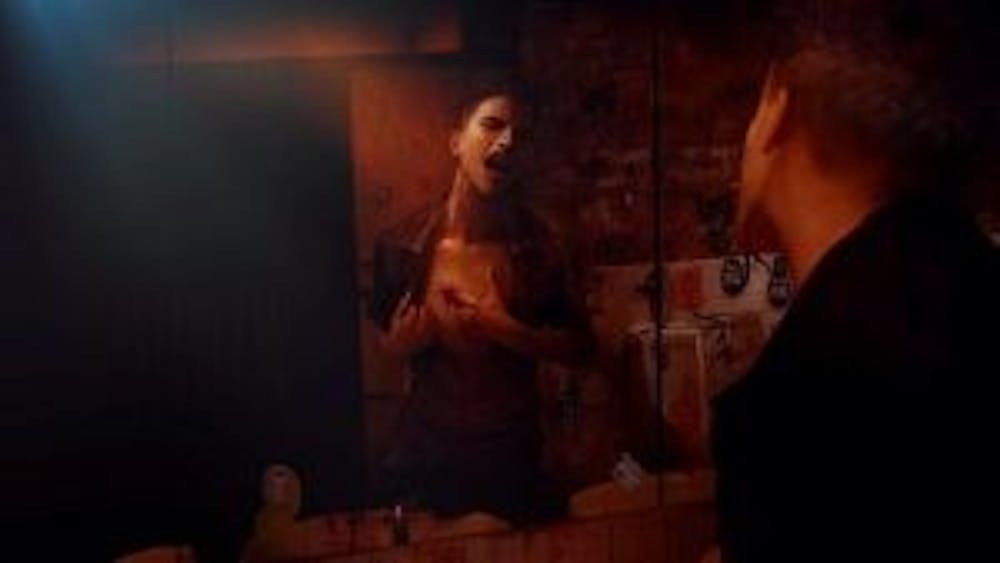
The developers themselves got in on the vitriol as well, as Antoniades commented that the old Dante would get laughed out of a bar, and that he just wasn’t cool anymore. On release the game continuously pours salt in the wound as a white wig falls on Dante’s head and his response is “Not in a million years.” Bafflingly, he gets white hair at the end of the game anyway, as well as multiple downloadable costumes that make him look like the original Dante. The treatment of the fanbase was all over the place. The game takes it one step further with its characterization as Dante boozes it up in nightclubs until he meets his brother Vergil who leads the internet group Anonymous, fighting the fight against Mundus and his demonic energy drinks. I’m not kidding.
The end result for this whole kerfuffle? The game received rather favorable reviews, giving well-deserved praise to its environment design and color, fluid yet almost too streamlined combat, and voice acting. Ultimately though, the game wound up selling less than Capcom projected, and 1 million less copies than DMC 4. Because DmC: Devil May Cry failed its purpose, and with little success from the other Western Capcom games, Capcom closed third-party production and brought development back to the main company.
For an action-packed series filled to the brim with charm and cheese, it’s certainly had a weird history.
For more entertainment related content, visit us at Byte Bsu!

